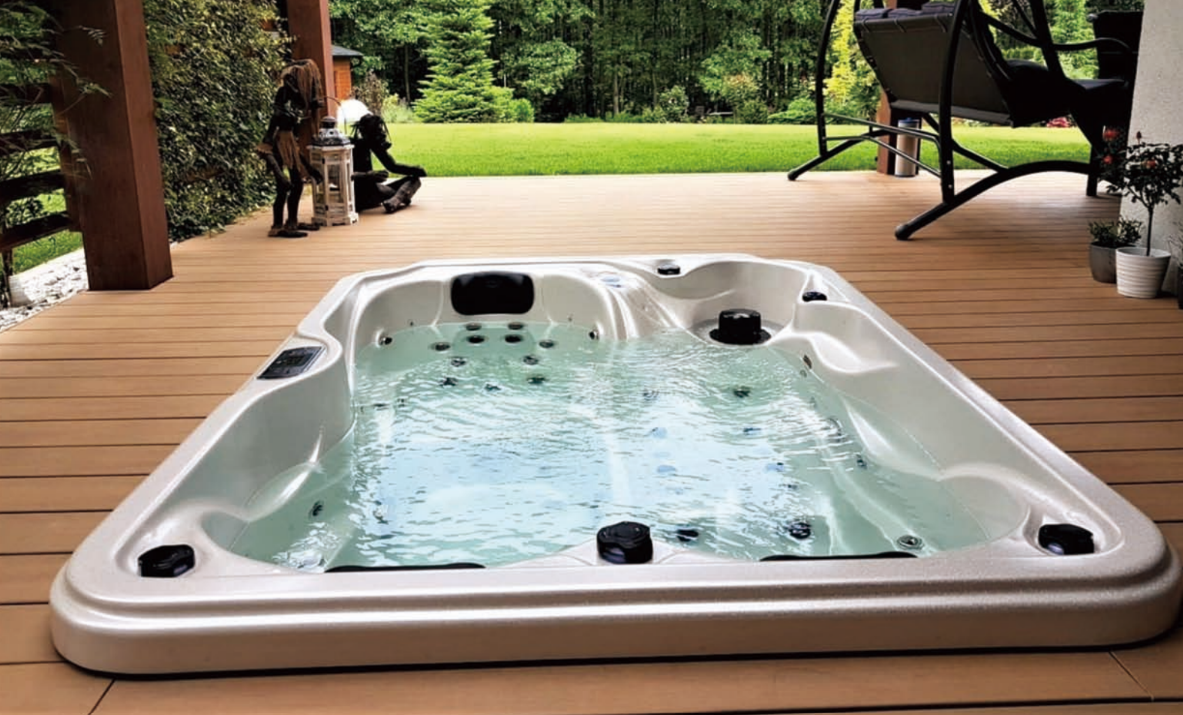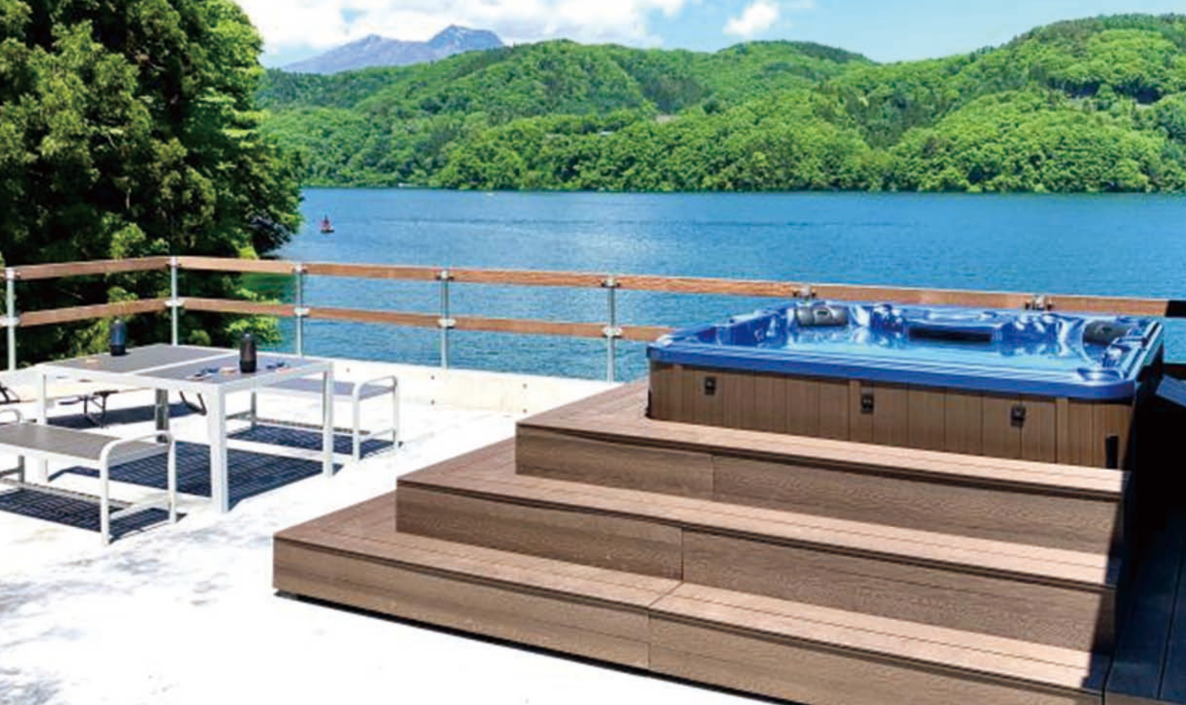Salt Water Hot Tubs: The Real Pros and Cons
Enough Back and Forth, What's the Straight Facts?

Saltwater Hot Tubs: The Real Pros and Cons
Saltwater hot tubs are a hot topic—some hail them as the ultimate low-maintenance solution, while others decry them as nothing more than chlorine in disguise. Dealers may paint salt systems as a magic bullet: no more messy test strips, no chlorine odor, and minimal effort. On the flip side, critics warn, “Salt is just another way to add chlorine to your water!” But who’s right?
The truth lies somewhere in between. Let’s separate fact from fiction by exploring the following key points:
- Sanitizer levels vs. total chemical use
- Maintenance demands over time
- Overall costs and value
We’ll also provide practical recommendations to help you decide if a saltwater system is the right choice for your
spa.
What You’re Really Using: Sanitizer vs. Total Chemicals
Salt systems are chlorine generators. Yes, they use salt to create chlorine, but they’re designed to maintain a steady sanitizer level. This stability eliminates the extreme peaks and valleys seen with traditional floating dispensers or chlorine pucks. In a conventional setup, you might start the week with chlorine levels around 5 ppm, only to end the week at 1-3 ppm. Salt systems, on the other hand, typically hold steady around 3 ppm, which can be adjusted for usage.
That said, salt systems don’t eliminate chemicals entirely. Balancing alkalinity, pH, and oxidation-reduction potential (ORP) is still necessary. Plus, the salt itself can push up pH levels, requiring additional adjustments. If you’re dreaming of a “natural ocean experience,” you may need to temper your expectations.
The bottom line: Salt systems may reduce sanitizer use slightly compared to old-school setups, but they require the same overall chemical balancing effort as modern, non-salt spas. The real advantage is consistent water quality with less weekly micromanagement.
Maintenance: Weekly vs. Seasonal Tasks
All hot tubs require some level of upkeep. With salt systems, you trade more frequent chemical adjustments for occasional in-depth maintenance. Here’s what to expect:
Salt Systems
- Weekly: Test and adjust pH and alkalinity
- Seasonal: Clean the anode, add salt, and ensure system functionality
Traditional Systems
- Weekly: Add chlorine tablets, shock the water, and test/adjust pH and alkalinity
- Seasonal: Minimal additional tasks, mainly water replacement
Salt systems offer time savings on a weekly basis but come with a more significant seasonal workload. If you prefer fewer hands-on tasks week-to-week, salt systems may be worth the tradeoff.
What’s the Cost? Salt vs. Traditional Systems
Cost is a major consideration for any hot tub owner. Here’s how salt systems and traditional methods compare:
Salt Systems
- Upfront cost: $250 to $1,500 for a conversion kit
- Salt cost: $10/kg, with an initial fill requiring 3 kg and 0.225 kg for seasonal additions
Annual costs depend heavily on the system’s durability:
- Cheap system, lasting long: $72.47/year
- Cheap system, breaking early: $120.09/year
- High-quality system, lasting long: $251.04/year
- Overpriced, unreliable system: $536.75/year
The biggest takeaway? Avoid overpriced systems, and don’t hesitate to question the value of premium offerings. Even if a cheaper system needs occasional replacement, it can still be more cost-effective than some “state-of-the-art” options.
Traditional Systems
- Chlorine tablets: $55.64/year (at $0.52 per tablet)
- Shock treatments: $3/year
Annual cost: ~$60
While traditional systems are the clear winner on cost, they’re far more time-intensive. Weekly maintenance could total 26 hours per year, compared to just 4 hours for salt systems—mainly for seasonal tasks like replenishing salt.
Which System Is Right for You?
Salt systems aren’t the cheapest option, but they save time and provide more consistent water quality. Traditional systems are budget-friendly but require more hands-on attention. Here’s how to decide:
- If cost is your top priority: Stick with traditional methods.
- If convenience matters most: Invest in a reliable salt system (but steer clear of overpriced models).
Ultimately, either system can deliver great results when maintained properly. Consider your budget, lifestyle, and willingness to invest time or money, and you’ll find the system that best suits your needs.




